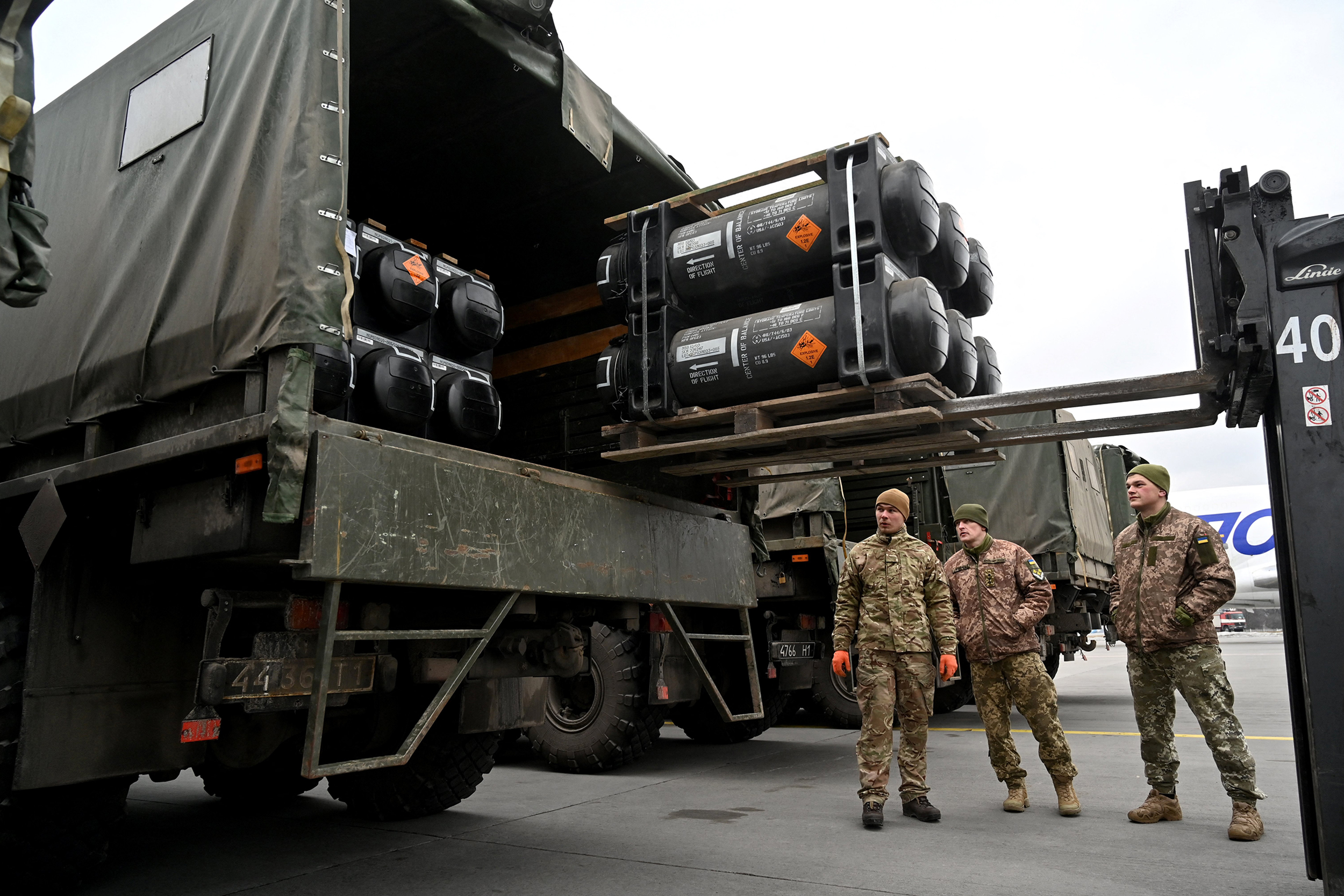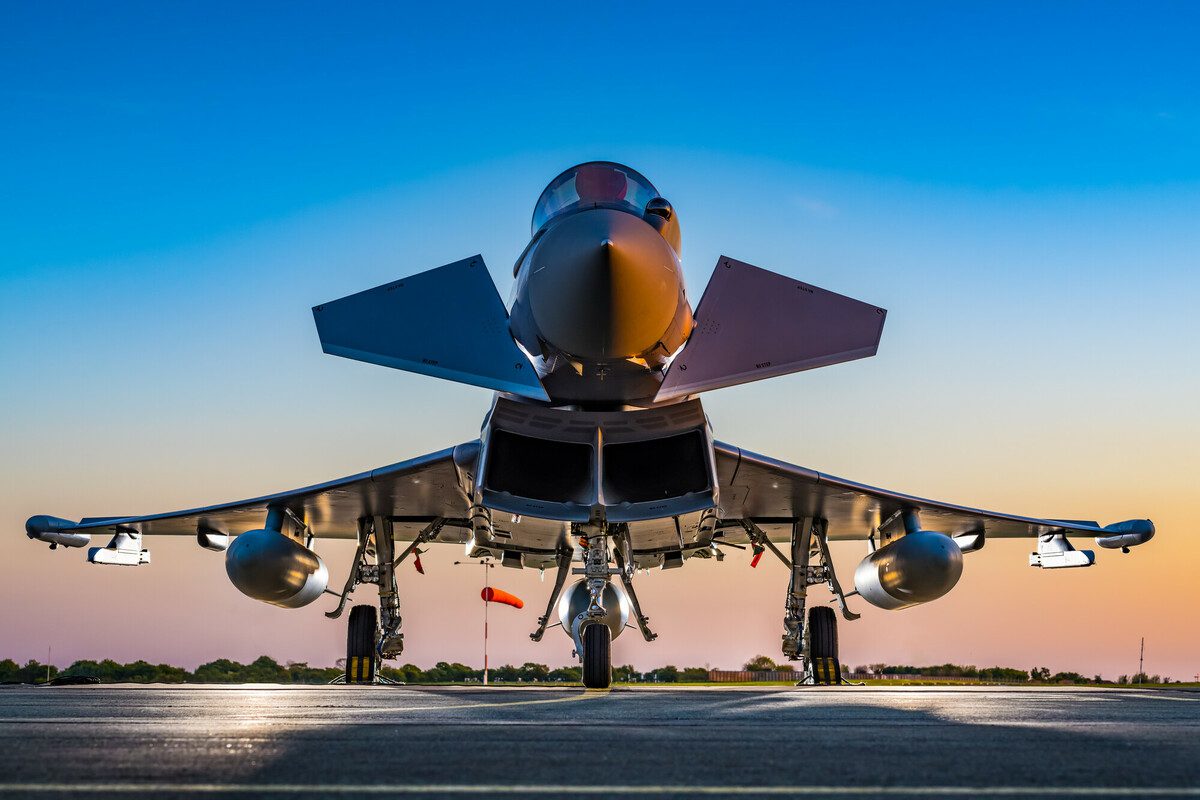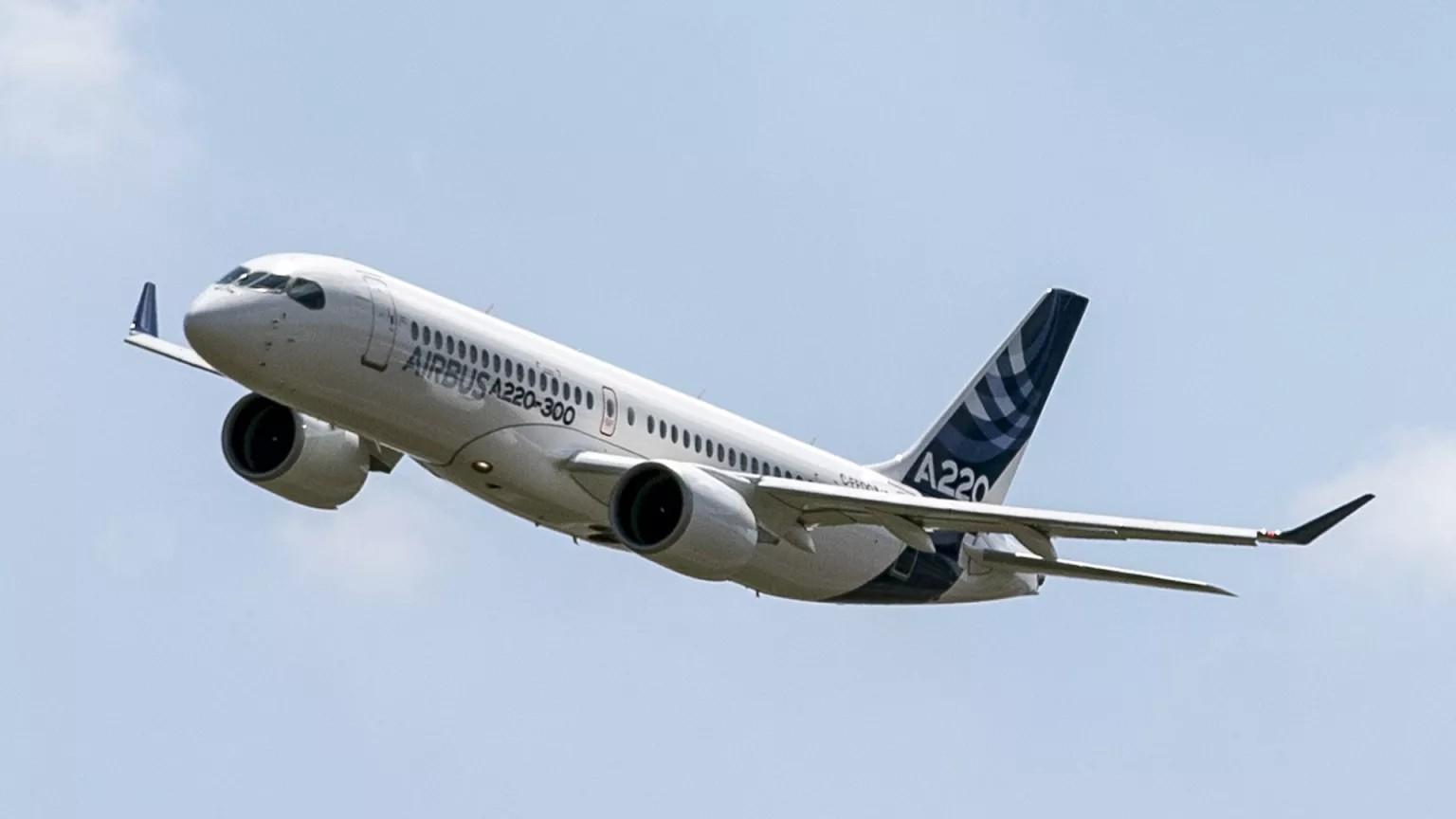The Defense Department today announced an additional $1.1 billion in aid to Ukraine that is part of the Ukraine Security Assistance Initiative. An array of important warfighting equipment is included in the package, but one portion is aimed at supporting Ukraine’s defense needs long-term, a senior defense official said during a background briefing today.
The latest USAI package includes 18 High Mobility Artillery Rocket Systems, along with associated ammunition. Being part of USAI, the United States will purchase those systems from the manufacturer in order to provide them to Ukraine, rather than pull them directly from U.S. military inventory, as has been done previously with the 16 HIMARS sent to Ukraine under presidential drawdown authority.
It may take a while for the latest HIMARS promised to Ukraine to arrive, the senior defense official said.
“The procurement and delivery of these HIMARS systems and associated ammunition will take a few years,” the official said. “Today’s announcement is only the beginning of a procurement process.”
While the long-term purchase of newly manufactured HIMARS for Ukraine doesn’t preclude the U.S. from continuing to pull existing systems from inventory if need be, it does serve a larger purpose to have those systems on contract and in the pipeline for delivery at a later date, the official said.
Read More: US Air Force Announces Hypersonic Missile Contract Award
“If we don’t invest today to procure HIMARS for the future, they won’t be there when the Ukrainian armed forces need them down the road,” the official said. “This is a really sizable investment and it’s intended so that down the road, Ukraine will have what it needs for the long-haul to deter future threats. It in no way rules out us continuing to invest in their current force with capabilities that are available today, and that we can draw down today from U.S. stocks.”
Planning now for Ukraine’s future defense needs, post-conflict, is not a new concept. In April, Secretary of Defense Lloyd J. Austin III hosted the first of what has been an ongoing series of meetings by the Ukraine Defense Contact Group. The first meeting was held in Germany. Back then, the secretary alluded to the need to not only provide for Ukraine’s immediate needs, but also for its future defense needs.
“Ukraine needs our help to win today,” the secretary said at the time. “And they will still need our help when the war is over.”
The senior defense official pointed out that in addition to the 16 HIMARS systems that the U.S. has already provided to Ukraine, allies have provided Ukraine with another 10 equivalent multiple-launch rocket systems. The official said the Ukrainians have used these systems to great effect.
Read More: Israel successfully tests new laser missile defense system
“We’ve all seen how Ukraine has leveraged this system to push back against Russia’s war of aggression, disrupting ammunition depots, supply lines, and logistical hubs far behind the frontlines,” the official said.
Also included in the latest USAI package are 150 Humvees, 150 tactical vehicles, explosive ordnance disposal equipment, body armor, and an array of tactical secure communications systems, surveillance systems, and optics.
The official also said the package includes 20 multi-mission radars that can track airborne objects and threats, including mortar and artillery fire, along with enemy unmanned aerial systems.
“As with every package, we provide funding for training, for maintenance and sustainment of this equipment,” the official said.
Since the Russian invasion of Ukraine on Feb. 24, 2022, the U.S. has provided approximately $16.2 billion in aid to Ukraine, both as part of the presidential drawdown authority and USAI.
The Russians have also recently announced that they plan to pull up some 300,000 conscripts from Russian society to send into the fight in Ukraine. The reaction among the Russian population has not been positive to the announcement.
Read More: Pakistan’s establishment worried about India’s nuclear arsenal
A senior military official said it’s not the first time the Russians have done something similar, and that dipping into the civilian population to find new warfighters demonstrates the challenges they are facing in meeting their goals with the military they have in place already.
“They’ve mobilized twice before this, one was in 1914 and one was in 1941,” the senior military official said. “If you think about the consequences that they kind of feel that they’re in right now and you compare that to World War I and World War II, that certainly says a lot about what the Ukrainians have been able to do … to the Russian army.”
That same senior military official said there might be challenges with outfitting so many civilians for military service so quickly, and said that many of the military personnel who would need to train those new conscripts are unavailable now because they are already in Ukraine. The official reported having seen one open-source report online that said conscripts might have seen as little as one day of training before being shipped off to Ukraine to enter the fight.
“I just think about the level of training that we put in our own armed forces and know that that’s … pretty inadequate,” the official said.
Source; USDOD
- Global Defense Insighthttps://defensetalks.com/author/umair/
- Global Defense Insighthttps://defensetalks.com/author/umair/
- Global Defense Insighthttps://defensetalks.com/author/umair/
- Global Defense Insighthttps://defensetalks.com/author/umair/













